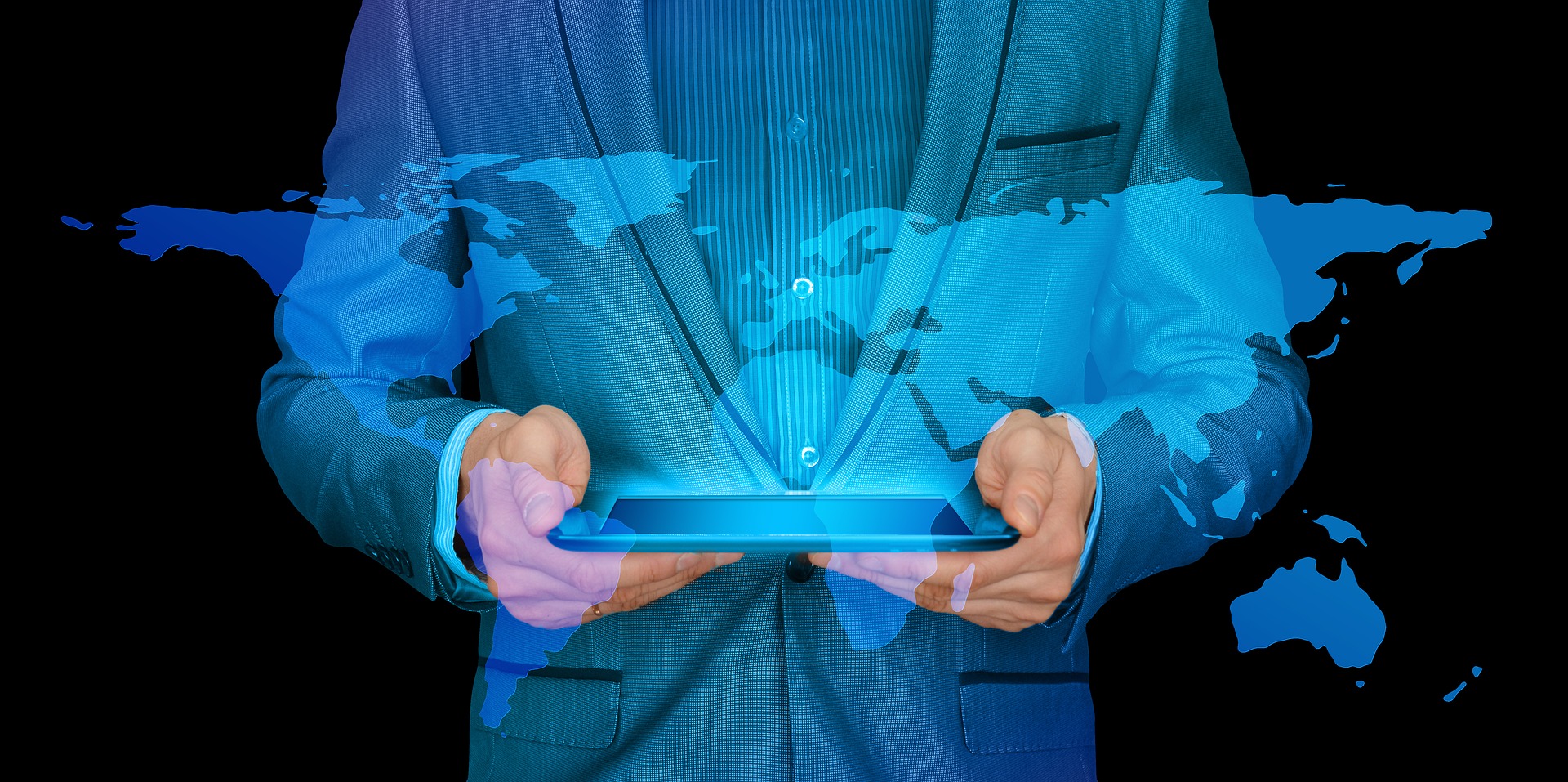Lines of Innovation – Part 1
Lines can be sources of inspiration for innovation in terms of physical lines (queues, roads, structures, etc.) as well as virtual lines (borders, latitude/longitude, etc.).
Using GIS to Study Gentrification
The balance between urban development and gentrification is not straightforward, as seen in San Francisco and to some extent Portland.
Cities are, however, as shown by Los Angeles and Portland, trying to now better understand gentrification through public and government-based GIS studying the effects of gentrifying factors.
The Intersection Of The Knowledge Economy And Globalisation
In 1982 when Richard Buckminster Fuller created the “Knowledge Doubling Curve”, he noticed that until 1900, human knowledge only doubled approximately every 100 years.
By the end of World War II, knowledge was doubling every 25 years.
Today, different types of knowledge are doubling at different rates.
Nanotechnology knowledge is doubling every two years and clinical knowledge every 18 months.
Future ‘ocean cities’ need green engineering above and below the waterline
The latest “ocean city” is the Chinese-developed Forest City project.
By 2045, four artificial islands in Malaysia will cover 14km² of ocean (an area larger than 10,000 Olympic swimming pools), and support 700,000 residents.
If proper planning and science are integrated, we can develop the design strategies that will help build the “blue-green” ocean cities of tomorrow.
But, on average, human knowledge is now doubling every 13 months and according to IBM, the build out of the Internet of Things (IOT) will lead to the doubling of knowledge every 12 hours.
Beijing offers 1 million yuan in cash incentives, long-term visas and ‘green card’ to attract global talent
Beijing is offering visas of up to 10 years and “green cards” that allows holders to buy property and access local school.
Bournemouth nightclubs replace ID with facial recognition
The Yoti app, which stores a digital version of their passport or driver’s license, uses facial recognition technology to match the person holding a smartphone, to the photo in their ID.
